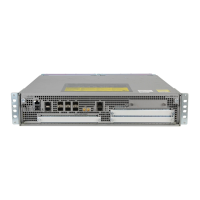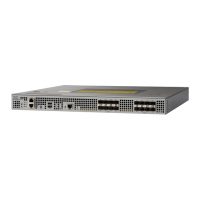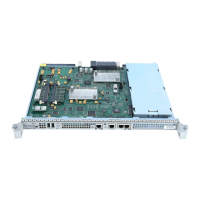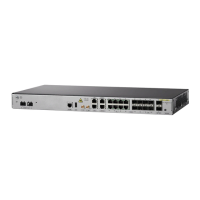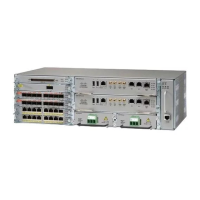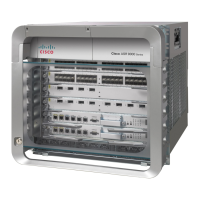CHAPTER 6
Configuring the Routing Protocols Used for
Network Proximity
NPS uses IS-IS, OSPF and BGP routing protocols to calculate network proximity in the data center selection
process. These protocols must be running on your router as described in this module.
• Information About Network Routing Proximity, page 19
• How to Configure Routing Protocols, page 21
Information About Network Routing Proximity
The proximity engine (PXE) in Cisco NPS uses network routing proximity to select a data center based on
its topological distance and path distance from the client. The PXE gathers topology and path information
from both IGP (IS-IS, OSPF) and EGP (BGP). The PXE then ranks a list of destinations (the proximity target
list or PTL) in the order of topological distance from a fixed source (the proximity source address or PSA).
The service resolution engine (SRE) sends the PXE a client address (PSA) and a list of candidate data center
locations (PTL). The PXE then returns the list to the SRE, ranked by network proximity. The PXE always
performs the topological distance calculation between a PSA and proximity target address (PTA) pair, where
a PTA is a single element within the PTL.
This illustration presents the basic proximity mechanism. In this network that spans two autonomous systems
(ASs), there are three data centers (hosted by DCE-2, DCE-3 and DCE-4). The DCEs form the PTL. The CPE
hosted behind PE-1 submits a request to service resolution. Service resolution can be running on any of the
Cisco Network Positioning System Configuration Guide for the Cisco ASR 1000 Router, Release 1.0
OL-25794-01 19
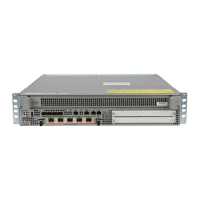
